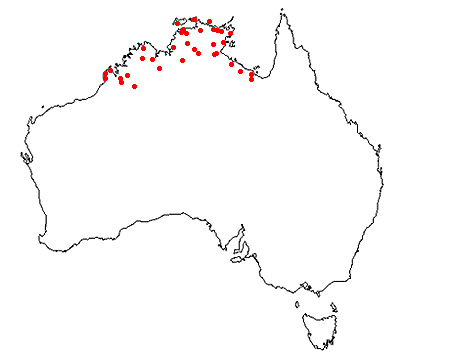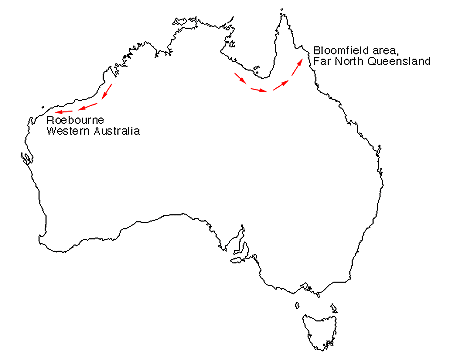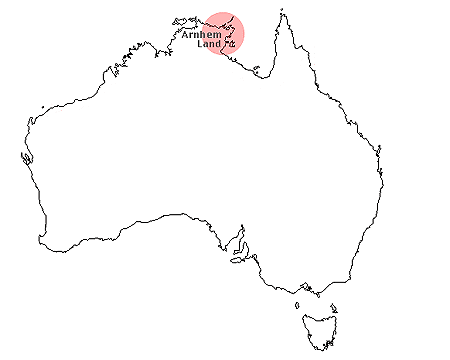.
What exactly is a didjeridu? How is it used? The answers to these and other questions can be found here. A special feature of this section is the timeline which highlights some of the important historical events that have shaped the didjeridu’s ascent onto the world’s stage. Insights into how a didjeridu is made are also offered, in addition to commentaries on traditional and contemporary playing styles.
 Didgeridoo or didjeridu or yidaki?
Didgeridoo or didjeridu or yidaki?
Didjeridu is sometimes spelt didgeridoo, didjeridoo and didgeridu, but the Australian government and all its agencies have formally accept didjeridu as the correct spelling. However, since didgeridoo is the more popular way of spelling, didjeridu and didgeridoo are used interchangeably throughout this website. Another common term these days is yidaki, a type of didjeridu used by the Aboriginal people of north-east Arnhem Land who call themselves Yolngu. You may sometimes also see yidaki spelt as yidaki, yirdaki or yiraki, but yidaki is the orthographically-correct spelling.
Didgeridoo definition
The didjeridu is an Australian Aboriginal musical instrument endemic to the northern parts of Australia. It is an unusual instrument because a special technique called ‘circular breathing’ is used to play the instrument. It may sound impossible, but in ‘circular breathing’ air is breathed in through the nose at the same time as air is being blown out of the mouth to play the didjeridu. This technique allows a skilled didjeridu player to maintain a continuous sound on the instrument for as long as the player wants.
The term didjeridu is onomatopoetic and not of indigenous origin. That is, didjeridu is a word of Western invention, first coined in the early part of the 20th century to describe the sounds made by the instrument. It is also fairly certain that the earliest usage of the expression applied to instruments encountered in Western Arnhem Land or in the region to its immediate south, where repeating rhythms or sound patternings such as “didjeridu-dideru”, “didjemro” and “didjeramo-rebo” are found. However, today, the word didjeridu is used much more generally to include instruments originating from all parts of Aboriginal Australia as well as a broad spectrum of instruments produced by indigenous and non-indigenous makers utilising an array of modern materials and methods.
Recently, the didjeridu has become very popular worldwide and is now played by people from all walks of life in Australia and many overseas countries. A large number of people are drawn to the didjeridu because of the challenge of playing it and the unique sound it produces. This challenge has led many on a life-long journey of discovery including visits to Arnhem Land in Australia’s Northern Territory where the finest didjeridu players and makers- the Aboriginal people themselves – live.

The didjeridu has also been embraced by modern society for a number of other reasons including the relaxing and mildly euphoric state that playing and listening to the didjeridu can bring about. It appears likely that the special breathing technique needed to play the didjeridu as well as the distinct acoustics of the instrument both have positive effects on inducing the alpha brain wave patterns that are associated with deep meditation.



